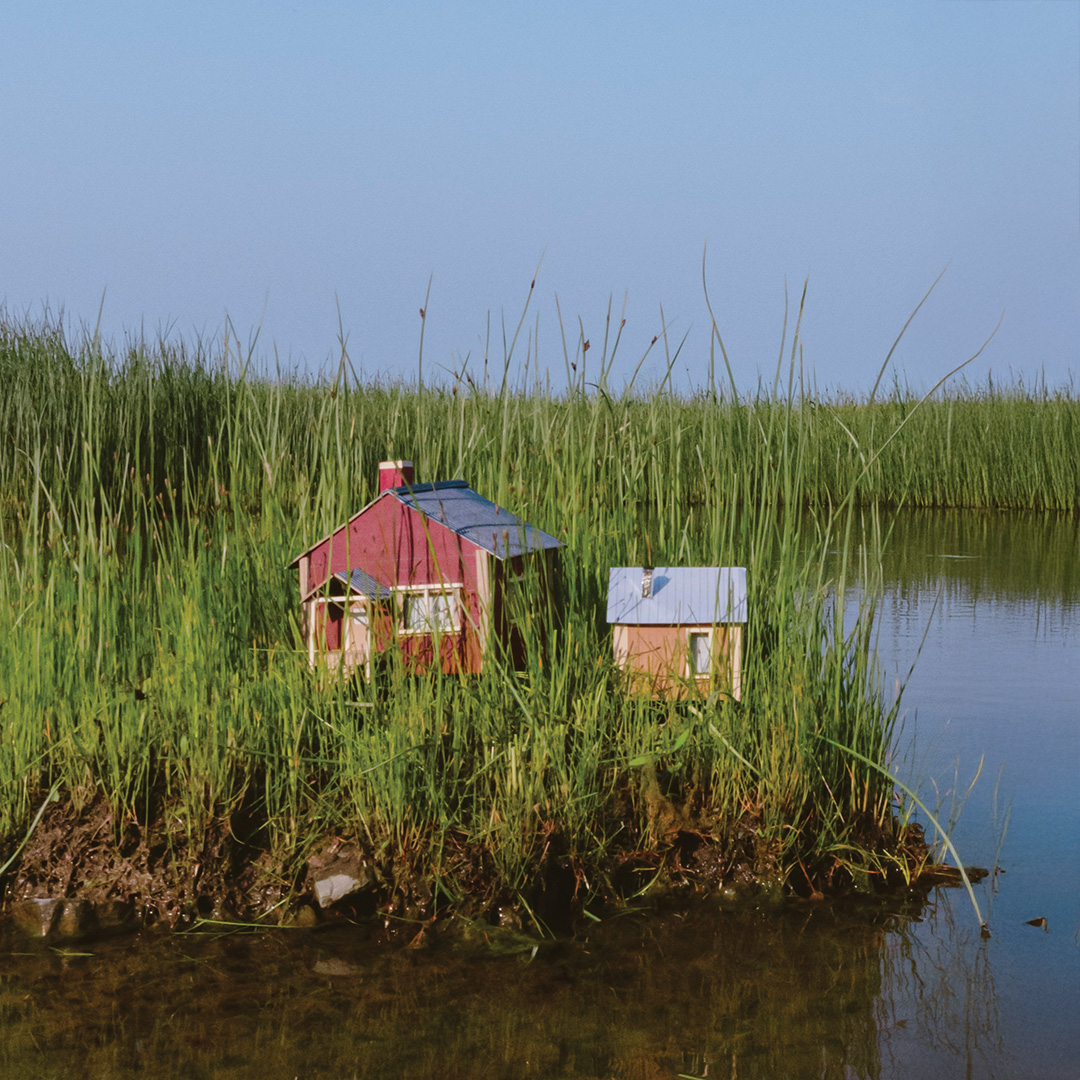Forma Mentis
choreography, art direction, lightning design, costumes: Jacopo Godani
original score: Ulrich Müller
live music: Sergey Sadovoy
assistant choreographer: Vincenzo De Rosa
performers: Maria Cossu, Giuliana Mele, Lorenzo Beneventano, Alessandro Piergentili, Anita Bonavida, Roberto Pontieri, Martina Staltari, Miriam Raffone, Filippo Arlenghi
duration: 30’
premiere: Teatro Rossini, Pesaro, 2024.
“Forma mentis” is a vibrant platform which aims to investigate, through one’s own intelligence, the potential of dance as a universal language. Each step, each movement is an opportunity to express ideas and visions, creating a dynamic dialogue with the audience and future generations. In this creative space Godani recognize the value of talent and professional determination. Each dancer and artist is a beacon who inspires those who yearn for their dreams to come true. “Forma mentis” is not just a performance, it's a commitment to create a lasting impact, using dance as an implement for encouraging a diversity of ideas and perspectives. Every movement on the stage is a step towards the discovery and the celebration of the human potential. “Forma mentis” is a call to explore, to dream and to create; it’s an opportunity for the new generations to materialize their thoughts, to feed their visions and their ambitions.
Internationally acclaimed choreographer Jacopo Godani was born in La Spezia, where he began his studies in classical ballet and modern dance techniques. In 1986 Godani was accepted to further his studies at Maurice Béjart’s international dance centre Mudra in Brussels. Godani was a leading soloist with William Forsythe’s Ballet Frankfurt from 1991 to 2000. He has also collaborated with Forsythe on the choreographic creation of many of Ballet Frankfurt’s most representative pieces. Godani developed his career as a choreographer creating original works for a vast range of international companies such as: Royal Ballet Covent Garden, Compañía Nacional de Danza, Nederlands Dans Theater, Ballet British Columbia, Le Ballet du Capitole de Toulouse, The Ballet Company of Teatro alla Scala, Sydney Dance Company, Israeli Opera Ballet & Suzanne Dellal Centre, Het Nationale Ballet, Aterballetto, Les Ballets de Monte Carlo and many others. From 2015 to 2023, he served as Artistic Director and Choreographer of the Dresden Frankfurt Dance Company. His work has been presented several times at the Belgrade Dance Festival and he is one of the laureates of it’s Jovan Ćirilov Award.
Daughters and Angels
choreography, direction: Mauro Astolfi
set, lighting design: Marco Policastro
original score: Davidson Jaconello
costumes: Anna Coluccia
assistant choreographer: Elena Furlan
performers: Maria Cossu, Giuliana Mele, Lorenzo Beneventano, Alessandro Piergentili, Anita Bonavida, Roberto Pontieri, Martina Staltari, Miriam Raffone, Filippo Arlenghi
duration: 38’
premiere: Teatro Rossini, Pesaro, 2024.
“Daughters and angels” is inspired by Isabel Pérez’s essay “Knowledge and Powers”. The text captivated Astolfi’s interest which dates back to his teenage years. This interest goes beyond the cinematographic fictional universe and the gloss of magic; it is indeed much more addressed to the cultural constructs, the gender stereotypes, the language, the abuse of power which even today is still firmly rooted. According to Isabel Pérez, in the Western history women in the medical field were the first to know and to practice different types of therapeutic solutions. During Middle Ages they were healers, anatomists, pharmacologists, connoisseurs of medicinal herbs and knowers of the secrets of empiric medicine, which had been passed down from generation to generation. The community acknowledged them as “wise women” yet “chafarderas” (gossipy), before institutions started to consider them “witches”. They destabilized a certain system which was organized and held by men, defying the limits dictated by the dominant gender models to the point of becoming a problem for the male élite, which was feudal and patriarchal. During the Renaissance the misogynist strain consolidated, together with the dynamics which left women out of every field. It was at that time that the battle for the male control of knowledge hardened and the witch-hunt began. Astolfi revises history, feelings, and personal perceptions, to stress the insane automatism which leads everything that is unknown to become violence, refusal and annihilation.
Mauro Astolfi’s choreographic vision emerges clearly in his creations, based on classical techniques and hard training, poetry and accuracy. His works epitomize the purest expressivity of gesture. Astolfi created Spellbound in 1994, after spending many years in America. Today, he runs the company together with Valentina Marini. Astolfi’s productions with Spellbound are more than thirty, and they’ve been successfully performed in four continents. He’s also a freelance choreographer who has worked with numerous ballet and dance companies all over the world. He is guest teacher in the most important dance centers. In 2009 he became Artistic Director of Dance Arts Faculty in Rome. From 2016 to 2018 he has worked as a teacher at the Ballet School of Opera in Rome.
The Spellbound Association, founded in 1994, was meant to support and foster live performance productions, with a particular attention to dance, and with and international approach. The Spellbound company is the heart of the activities of the association. The company is guided by Mauro Astolfi, its artistic director, and Valentina Marini, its general manager, and since 2000 is supported by the Ministry of Culture. Spellbound productions have appeared at major dance festival and stages all over the world. Company has performed twice at the Belgrade Dance Festival.
Godani's choreography does not lack for surprises in its pulsating inventiveness between complex balances, a persuasive mobility that traverses the body in enveloping spirals, a relationship between movements on the ground and upward and horizontal tensions, running lifts and falls into gravity, the ability to transform solos into duets, trios, groups, and new relationships. Nothing is easy, neither in the counting, nor in the awareness of individual parts and technique, a challenge that the nine dancers of Spellbound overcome in full. Really good.
© Il Manifesto
“Daughters and Angels” is a hymn to the feminine, to the intelligence and intuition of women!
© Il Manifesto

